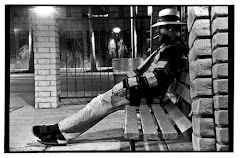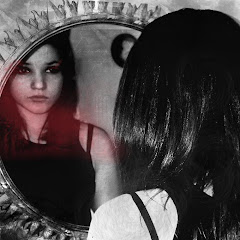Looking into the depths of Todd Kefor’s Still Life painting, the viewer’s eyes instantly take in the complex, contrasting composition. Consisting of a variety of different subject matter, Still Life is done in acrylic paint creating a smooth texture that creates a sense of unity throughout the entire composition. With the content of a composition consisting of skulls, one would think the viewer would feel the piece to be dark and ominous. On the contrary, the chiaroscuro is extravagant, using hues of green with accents of red creating a warm composition. Seeing this painting, the viewer feels a sense curiosity and understanding, and is automatically drawn in, wondering what is in the hope chest, or what is lurking behind each cinder block.
At first, the viewer sees the composition as a whole, and does not place their eyes on an exact focal point. However, when considering the entire piece, one might find their eyes lingering on the monkey, whose bold, red background creates a lot of contrast sending the viewer’s eyes immediately in that direction. Otherwise, the viewer could set their eyes on the human skull, whose highlights are done in a brilliant hue of red creating a strong emphasis. Another object in Still Life which the viewer could be drawn to is the hope chest; curious to what the contents might be and wondering what the deeper meaning is.
Perhaps the importance of this composition is hope. Along with the flowers in the background, the chest may signify hope or happiness. The ominous, dark cinderblocks are set in stone in this piece. They are the building blocks of this composition. On the other hand, perhaps the entire meaning of this composition is life itself. The cinder blocks possibly illustrating the stepping stones of life; solid, stationary. The monkey could be the soul, revealing their inner world to the viewer. The hope chest and flowers possibly representing joys and hopes in life, where as the skulls depict death. As a whole, Kefor’s Still Life captures the viewer, leaving them wanting a more in depth explanation.
Thursday, February 12, 2009
Subscribe to:
Post Comments (Atom)







No comments:
Post a Comment